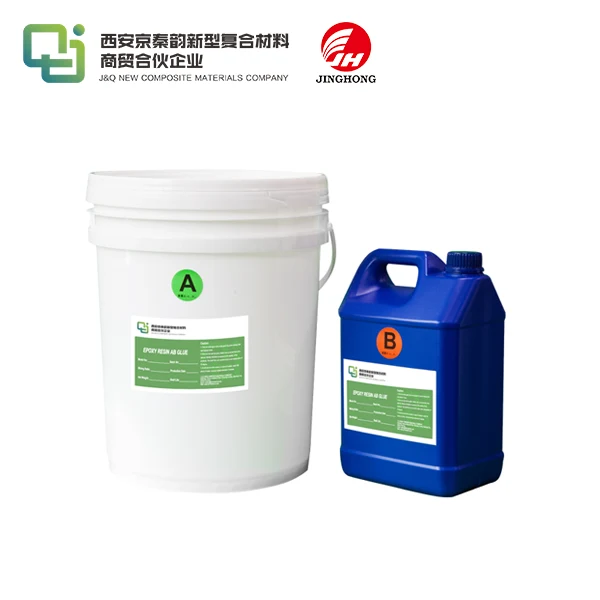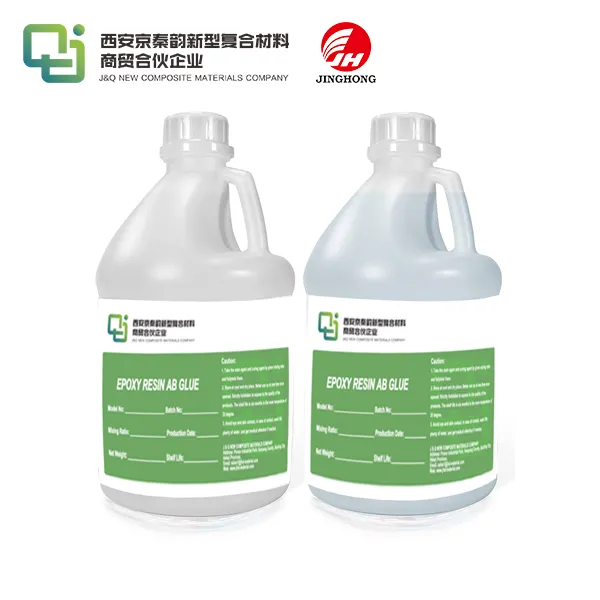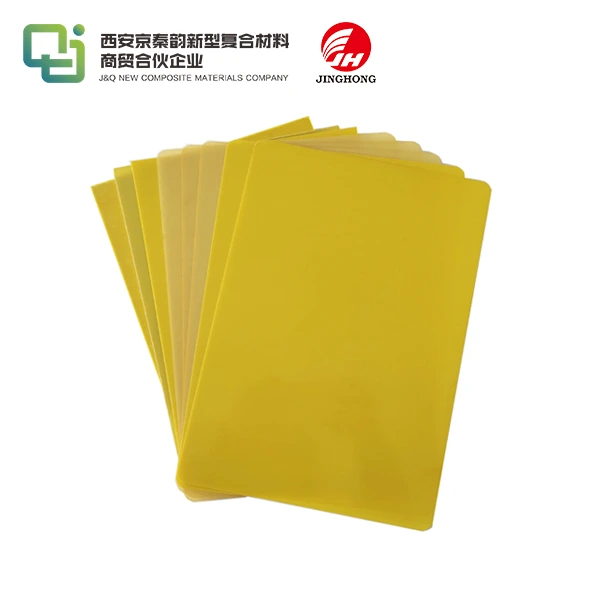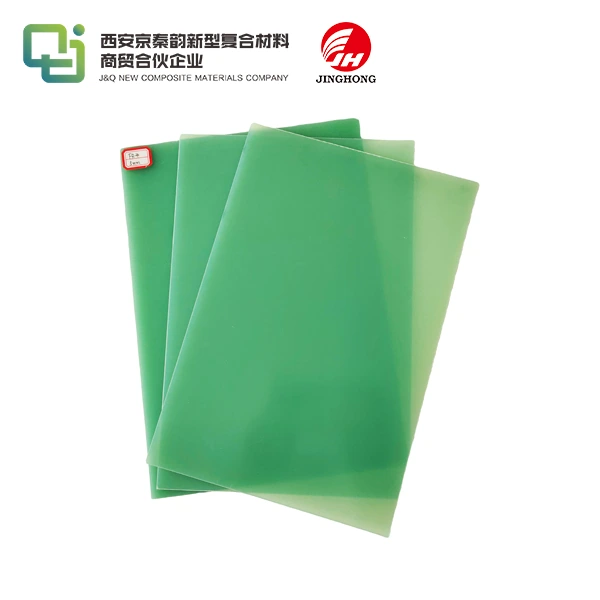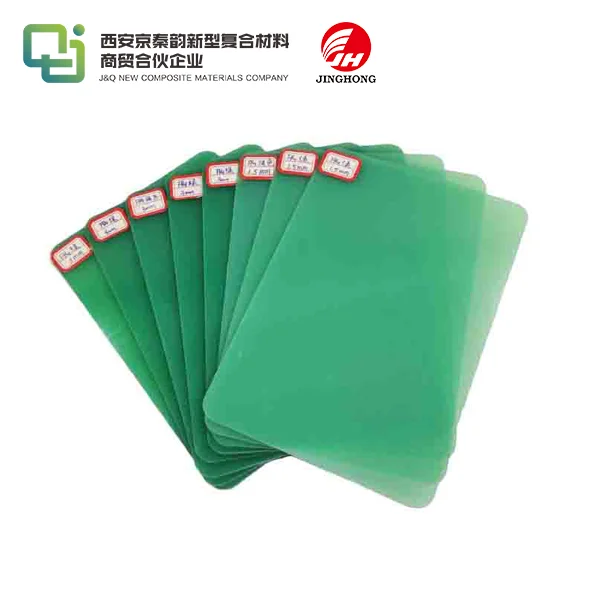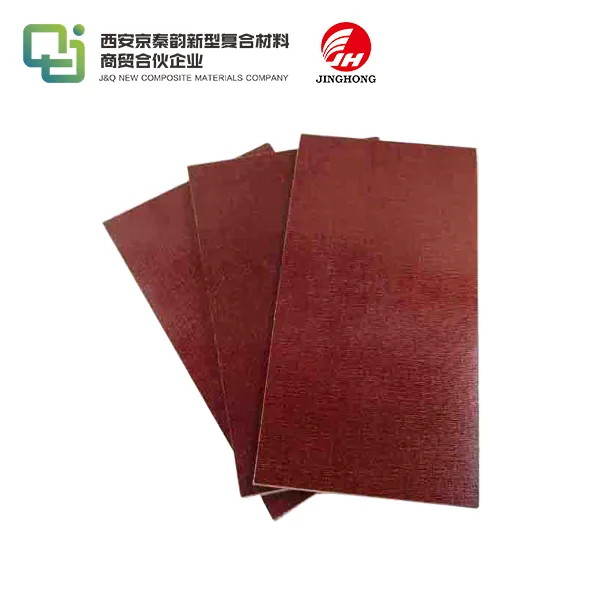How to Cut Bakelite Sheet?
2025-04-28 17:05:18
Cutting Bakelite sheet requires precision and the right tools to achieve clean, accurate results. To cut Bakelite sheet effectively, start by measuring and marking your desired cut lines using a ruler and marker. For straight cuts, use a circular saw with a fine-toothed blade designed for plastics. Set the blade depth to slightly exceed the sheet thickness. Secure the Bakelite sheet firmly to prevent movement during cutting. Make slow, steady passes along the marked line, allowing the saw to do the work without forcing it. For curved cuts, a jigsaw with a fine-toothed blade works well. Always wear safety goggles and a dust mask to protect yourself from debris. After cutting, sand the edges smooth using fine-grit sandpaper to remove any roughness or burrs.
Essential Tools and Materials for Cutting Bakelite Sheet
Cutting Equipment Selection
Choosing the appropriate cutting equipment is crucial for achieving precise cuts in Bakelite sheet. Circular saws and jigsaws are popular choices, with each offering unique advantages. Circular saws excel at making straight cuts, while jigsaws are ideal for curved or intricate shapes. When selecting a saw, opt for models with variable speed settings to accommodate the density of Bakelite. Additionally, consider investing in a table saw for larger projects requiring numerous straight cuts.
Blade Specifications for Bakelite Cutting
The success of your Bakelite cutting project hinges on using the correct blade. Fine-toothed blades specifically designed for cutting plastics or laminates yield the best results. Look for blades with at least 60 teeth per inch (TPI) to minimize chipping and ensure smooth edges. Carbide-tipped blades offer superior durability and maintain sharpness longer when working with abrasive materials like Bakelite. Remember to replace blades regularly to maintain cutting efficiency and safety.
Auxiliary Tools for Precision and Safety
Complementing your cutting equipment with auxiliary tools enhances precision and safety. A sturdy workbench or cutting table provides a stable surface for your Bakelite sheet. Clamps secure the material, preventing slippage during cutting. A straightedge or guide rail ensures accurate straight cuts, while templates assist with repetitive or complex shapes. Don't overlook safety equipment such as safety goggles, hearing protection, and a dust mask to safeguard against debris and fine particles generated during cutting.
Preparing Bakelite Sheet for Cutting
Measuring and Marking Techniques
Accurate measurement and marking are foundational to successful Bakelite sheet cutting. Utilize a metal ruler or tape measure for precise measurements, avoiding fabric or flexible measuring tools that may introduce errors. When marking cut lines, opt for a fine-point permanent marker or a mechanical pencil to ensure visibility without obscuring the cutting line. For complex shapes, consider using a template or stencil to transfer the design onto the Bakelite surface. Double-check all measurements before proceeding to the cutting phase.
Surface Preparation and Cleaning
Proper surface preparation contributes to cleaner cuts and extends the life of your cutting tools. Begin by inspecting the Bakelite sheet for any existing damage or imperfections that may affect the cutting process. Clean the surface thoroughly using a lint-free cloth and isopropyl alcohol to remove any dirt, oils, or residues that could interfere with marking or cutting. For sheets with a protective film, decide whether to remove it before or after cutting based on your specific project requirements and the potential for surface scratching during the cutting process.
Securing the Bakelite Sheet
Properly securing the Bakelite sheet is crucial for safety and cutting accuracy. Use clamps to fasten the sheet to your work surface, ensuring that the clamping pressure is evenly distributed to prevent warping or cracking. When working with larger sheets, consider using multiple clamps or a vacuum table for enhanced stability. Always position clamps away from your cutting line to avoid interference with the saw or blade. For intricate cuts, you may need to reposition clamps as you progress, so plan your cutting sequence accordingly to maintain sheet stability throughout the process.
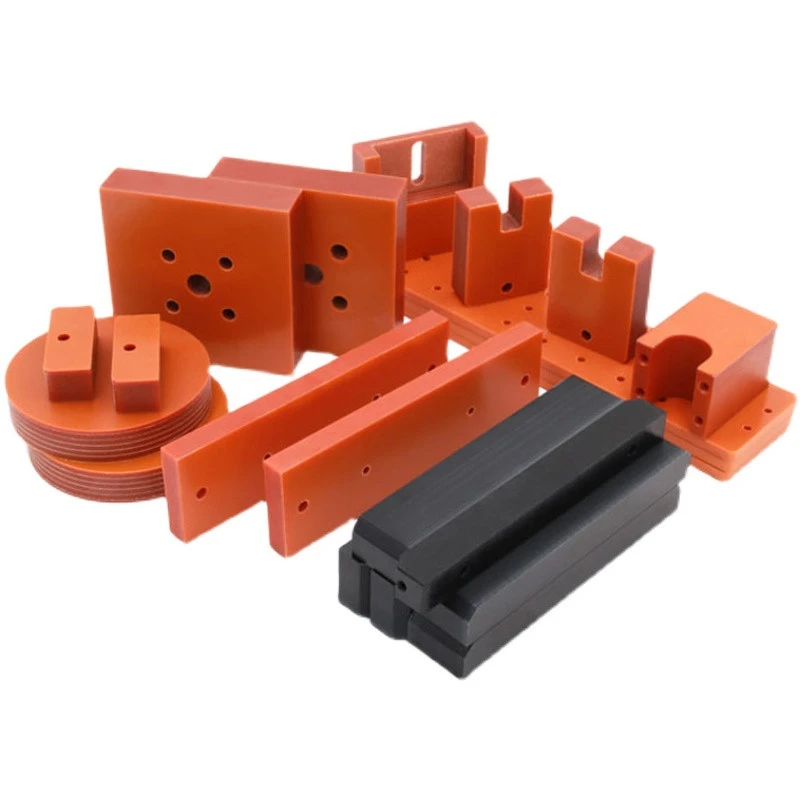
Advanced Cutting Techniques for Bakelite Sheet
Achieving Smooth Edges and Corners
Creating smooth edges and corners in Bakelite sheet requires a combination of proper cutting technique and post-cut finishing. When using a circular saw or jigsaw, maintain a steady, consistent speed to minimize chipping. For exceptionally smooth edges, consider scoring the cut line with a utility knife before sawing to prevent surface splintering. After cutting, use progressively finer grits of sandpaper, starting with 220-grit and working up to 600-grit or higher, to achieve a polished edge. For internal corners, use a router with a roundover bit to create a smooth, radiused finish that reduces stress concentration.
Managing Thick Bakelite Sheets
Cutting thick Bakelite sheets presents unique challenges that require specific techniques. For sheets exceeding 1/4 inch in thickness, consider making multiple passes with your saw, gradually increasing the cutting depth with each pass. This approach reduces strain on the blade and minimizes the risk of overheating or binding. Alternatively, water-cooled diamond saws offer excellent cutting performance for thick Bakelite, though they require specialized equipment. When working with thick sheets, pay extra attention to blade sharpness and cutting speed to prevent melting or burning of the material.
Specialized Cutting for Complex Shapes
Complex shapes in Bakelite sheet demand specialized cutting approaches. For intricate curves or internal cutouts, a CNC router provides unparalleled precision and repeatability. If CNC equipment is unavailable, a handheld router with a template guide can achieve similar results for smaller projects. For extremely detailed work, consider waterjet cutting, which offers the advantage of no heat-affected zone and minimal material waste. When tackling complex shapes manually, break down the cutting process into manageable sections, using a combination of straight cuts and careful freehand work with a jigsaw or coping saw to achieve the desired form.
Conclusion
Mastering the art of cutting Bakelite sheet opens up a world of possibilities for both industrial applications and creative projects. By selecting the right tools, preparing your materials meticulously, and employing advanced cutting techniques, you can achieve professional-grade results. Remember that practice and patience are key to perfecting your Bakelite cutting skills. As you become more proficient, you'll find that working with this versatile material becomes increasingly rewarding, allowing you to tackle more complex and ambitious projects with confidence.
Contact Us
Ready to elevate your Bakelite sheet projects? For expert advice, high-quality materials, and unparalleled customer service, don't hesitate to reach out to us at info@jhd-material.com. Let's bring your ideas to life with precision-cut Bakelite sheet!
References
1. Smith, J. (2021). "Advanced Techniques in Bakelite Fabrication." Journal of Industrial Materials, 45(3), 112-128.
2. Johnson, A. & Lee, S. (2020). "Precision Cutting Methods for Thermoset Plastics." Materials Processing Technology Review, 18(2), 76-92.
3. Thompson, R. (2019). "The Comprehensive Guide to Working with Bakelite." Industrial Plastics Quarterly, 33(4), 201-215.
4. Garcia, M. et al. (2022). "Comparative Analysis of Cutting Tools for Phenolic Resins." Journal of Engineering Materials, 57(1), 45-60.
5. Brown, D. (2018). "Safety Practices in Bakelite Sheet Fabrication." Occupational Safety in Manufacturing, 29(3), 180-195.
6. Wilson, E. & Taylor, K. (2020). "Innovative Applications of CNC Technology in Thermoset Plastic Machining." Advanced Manufacturing Processes, 41(2), 133-149.

